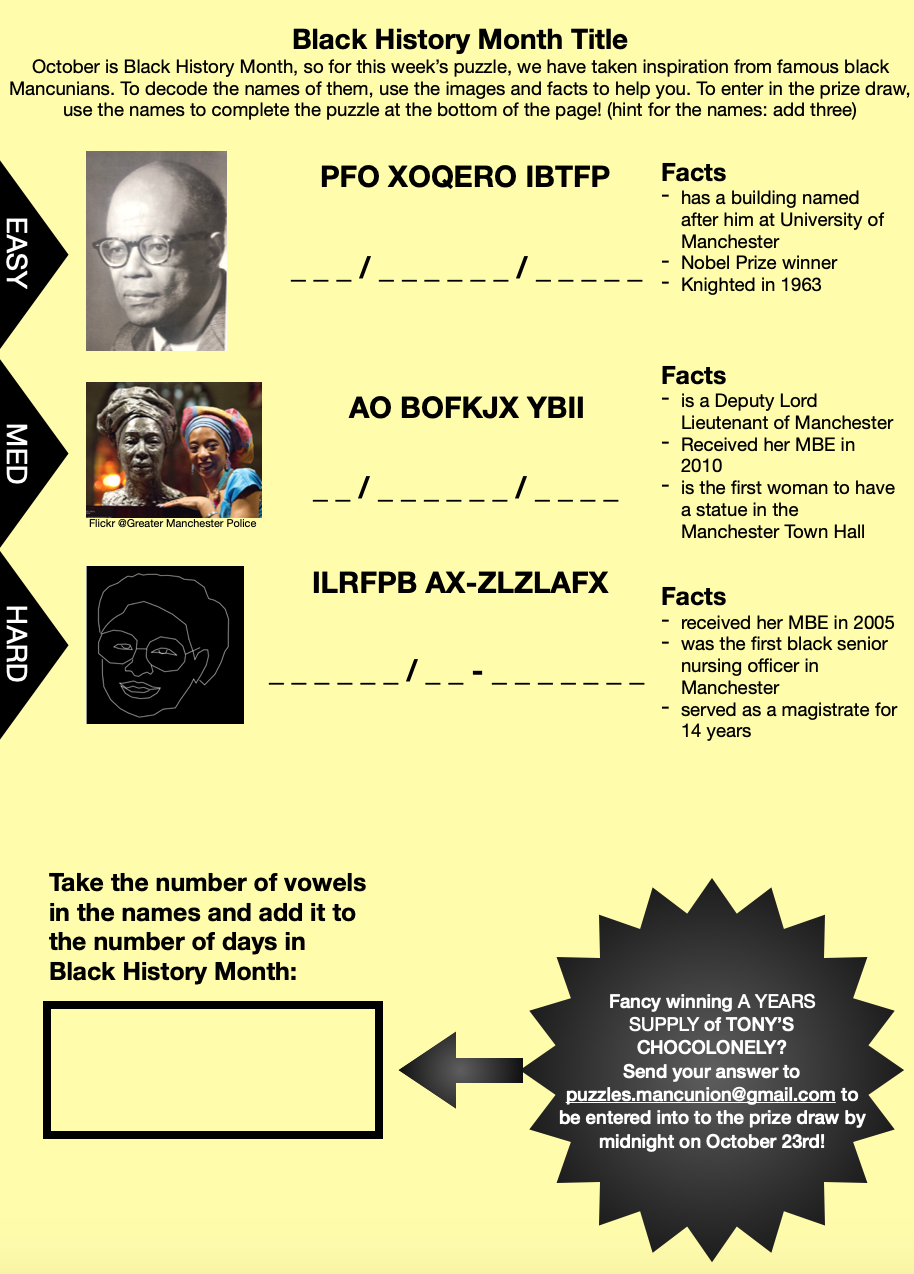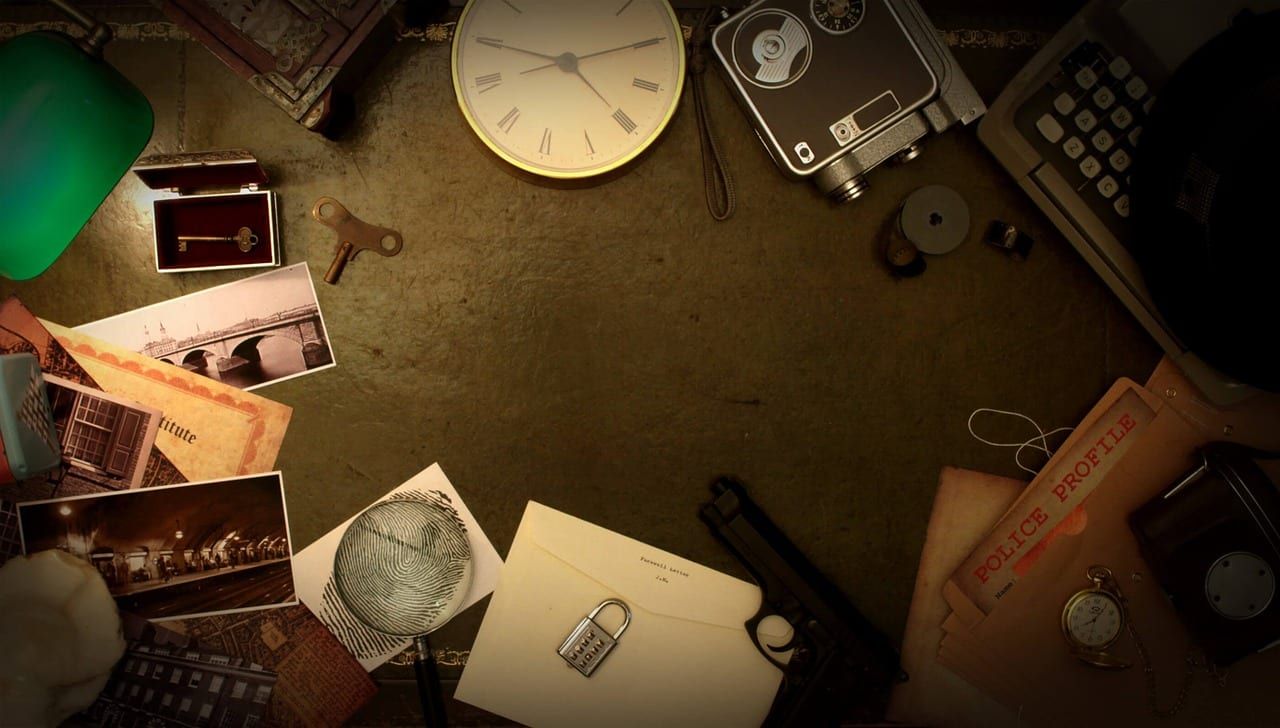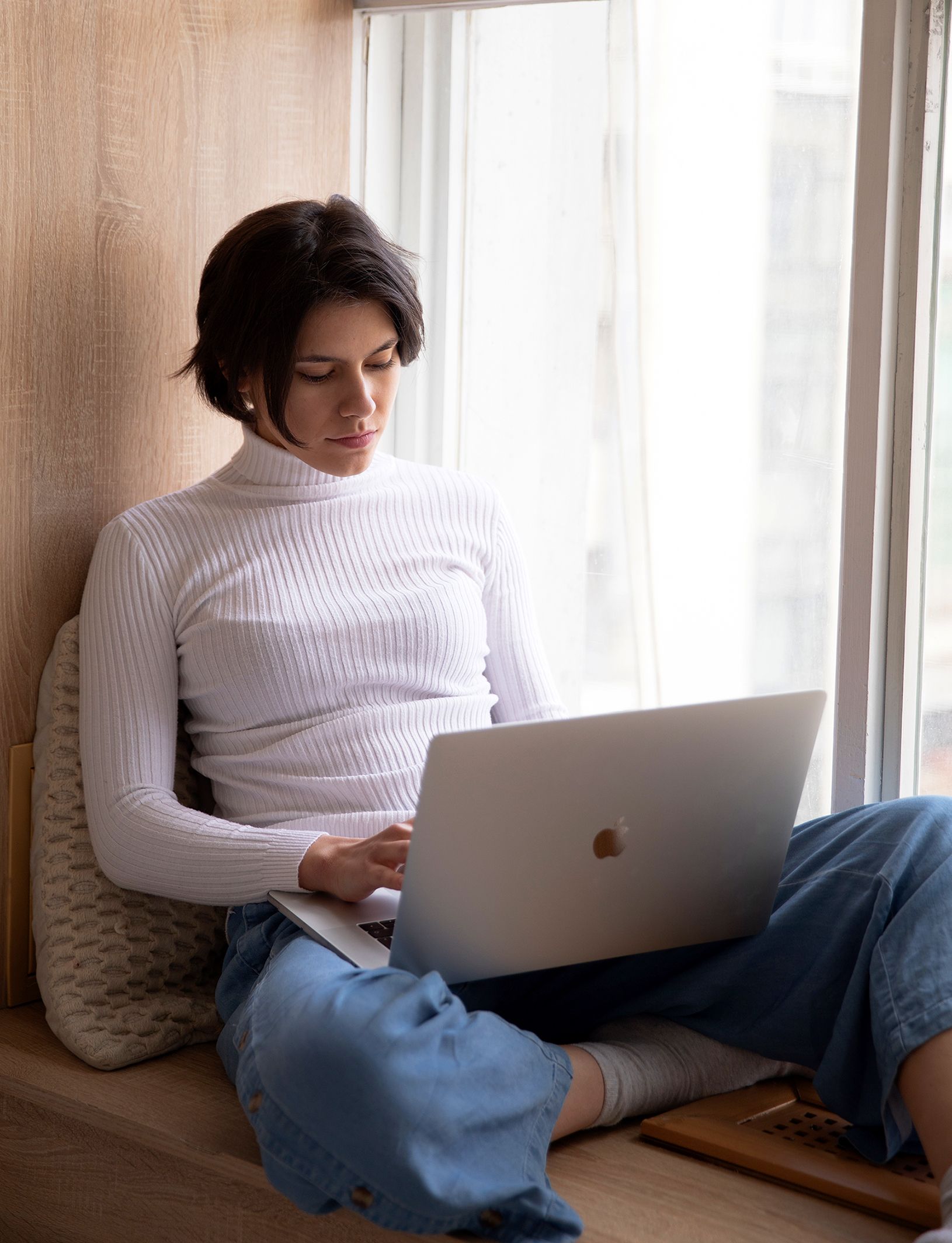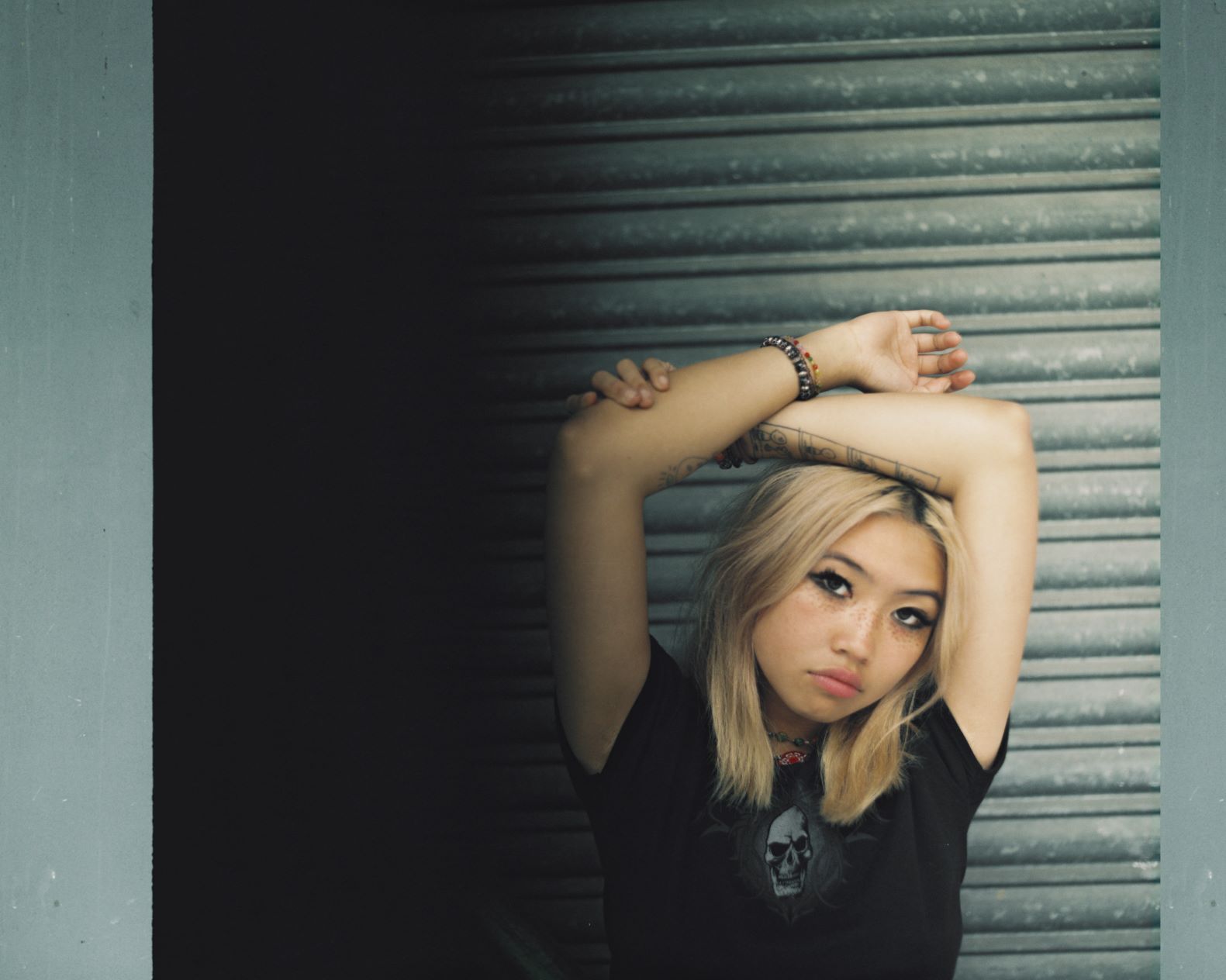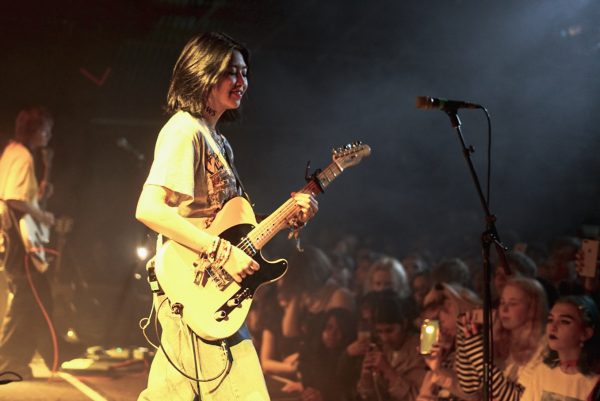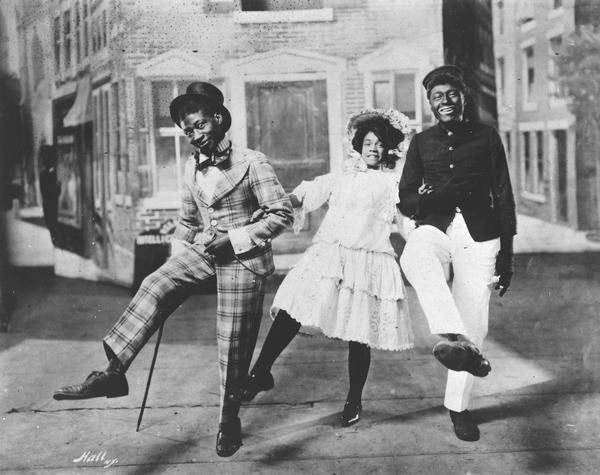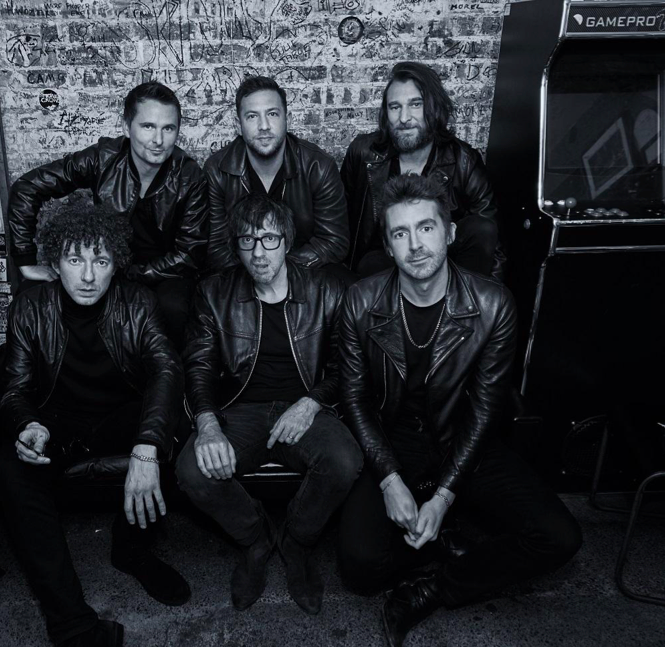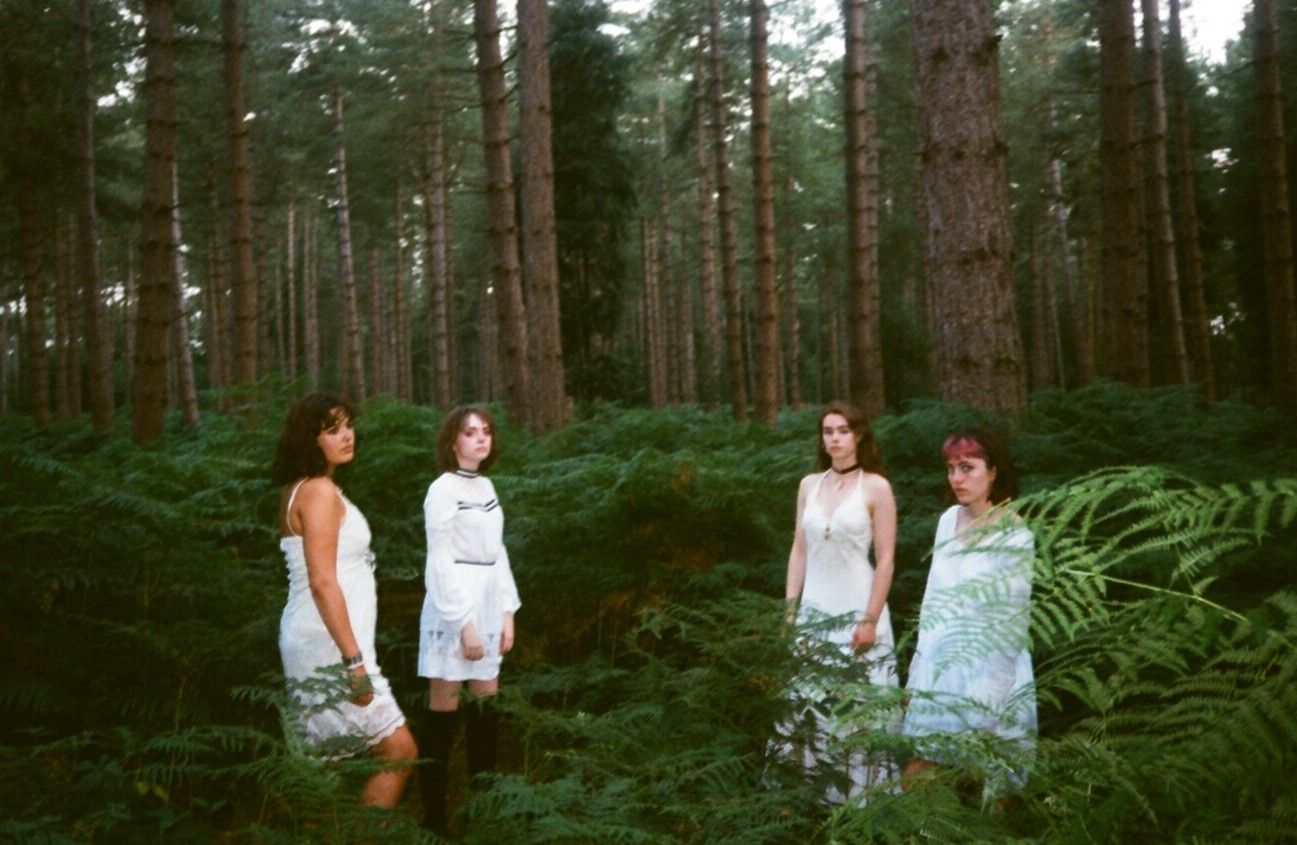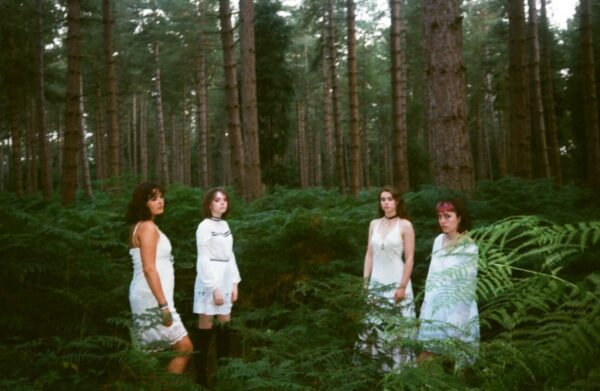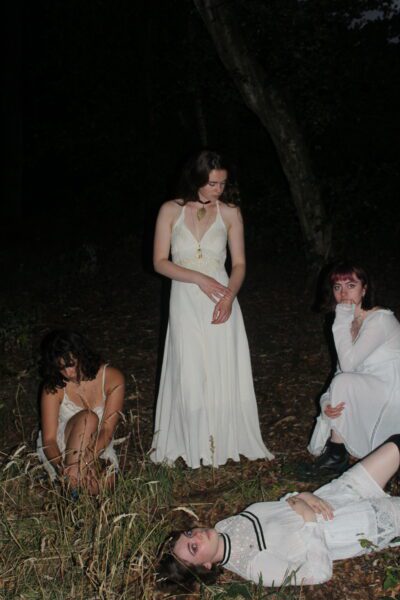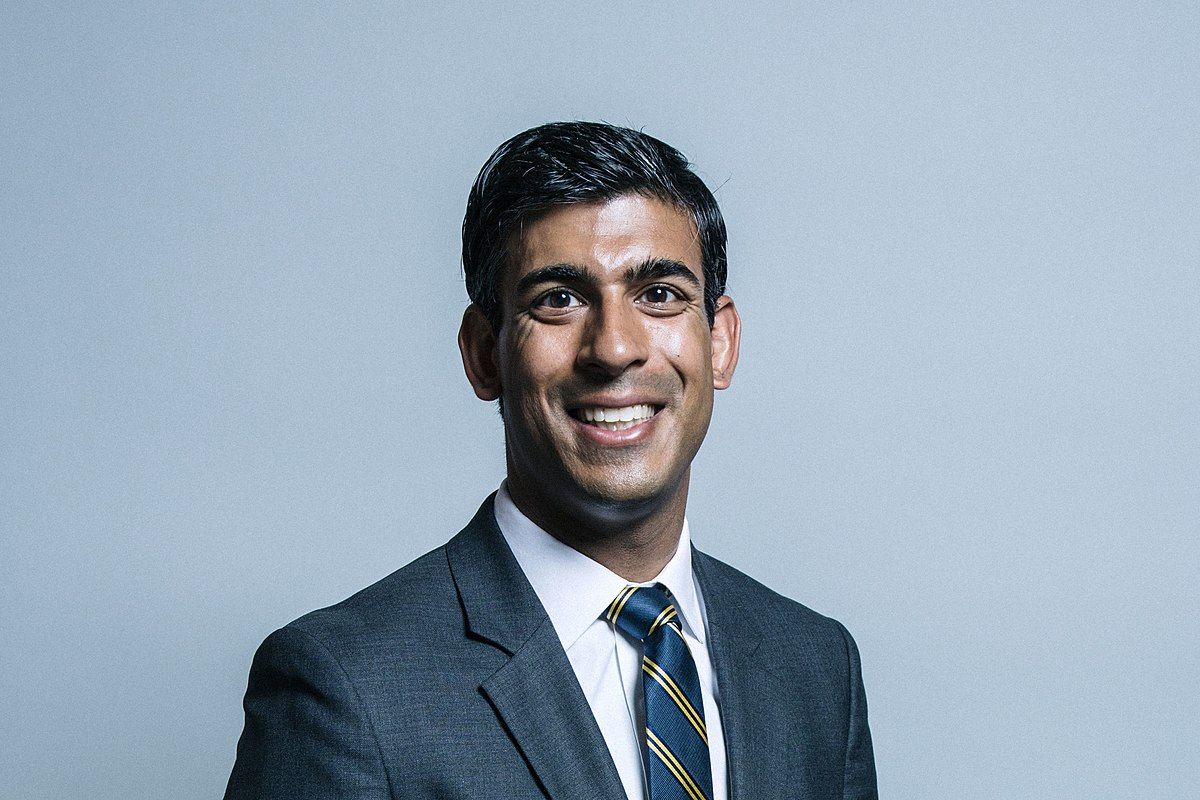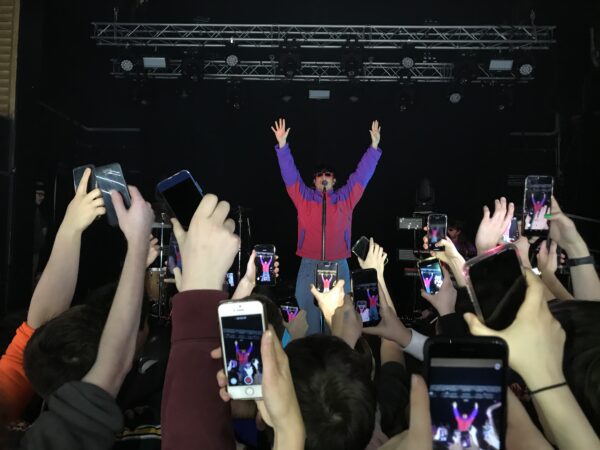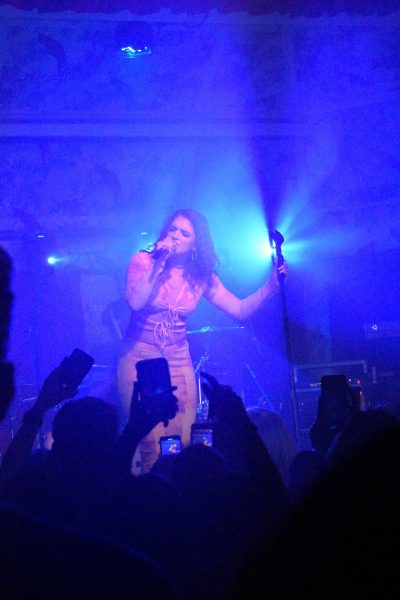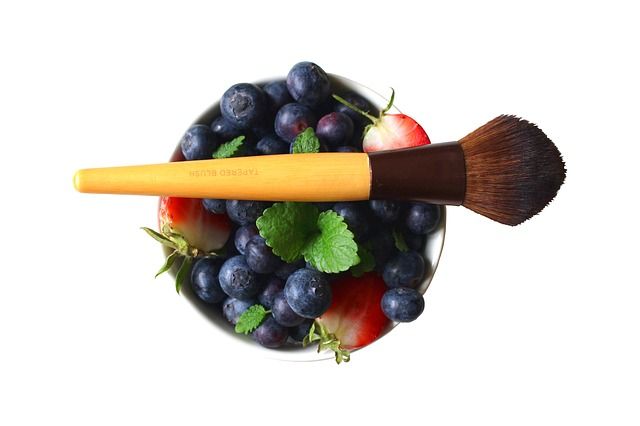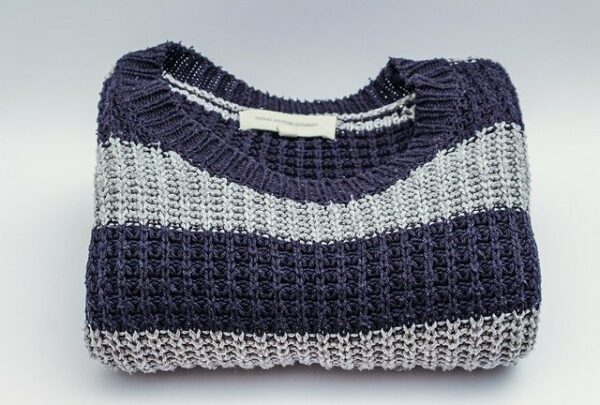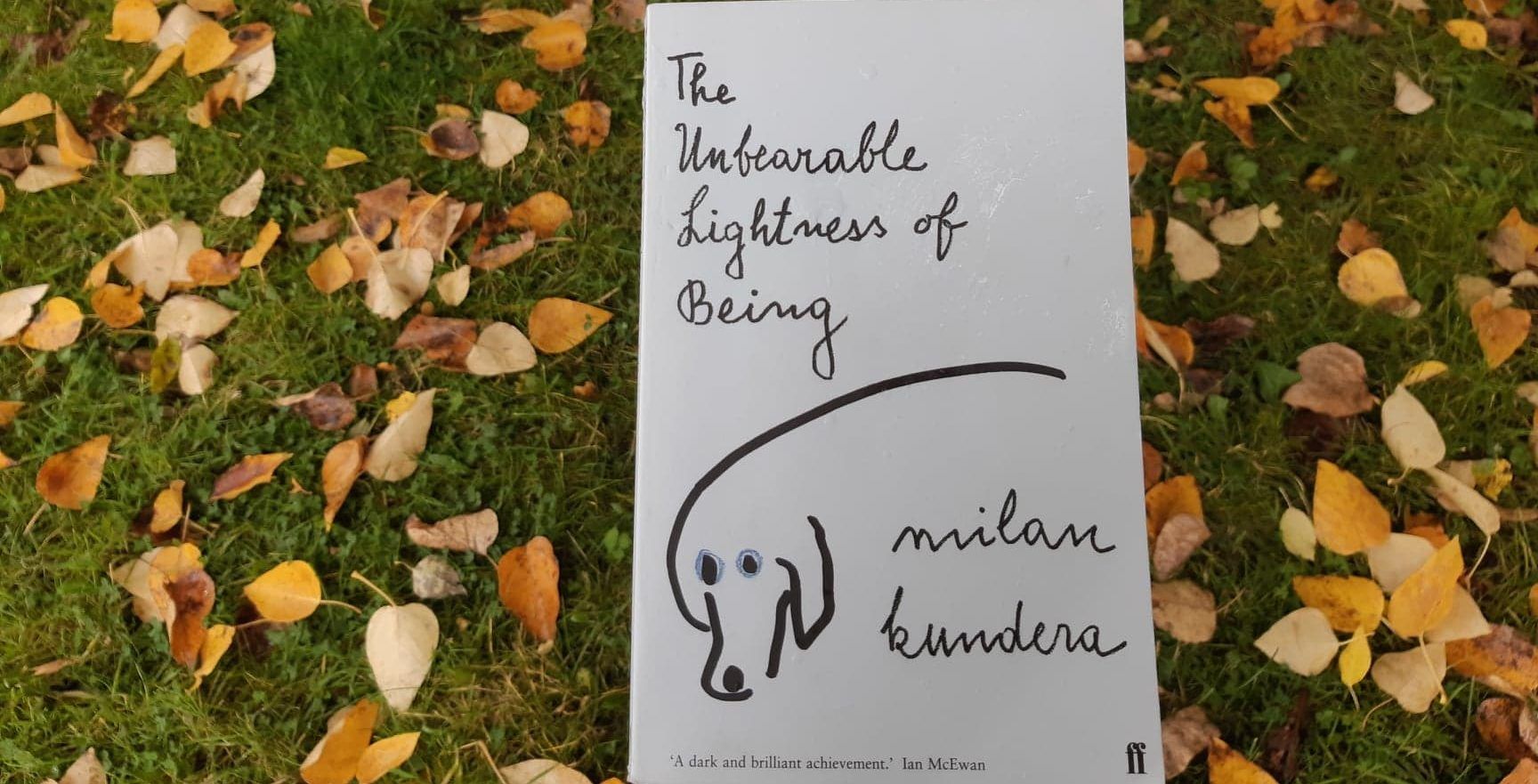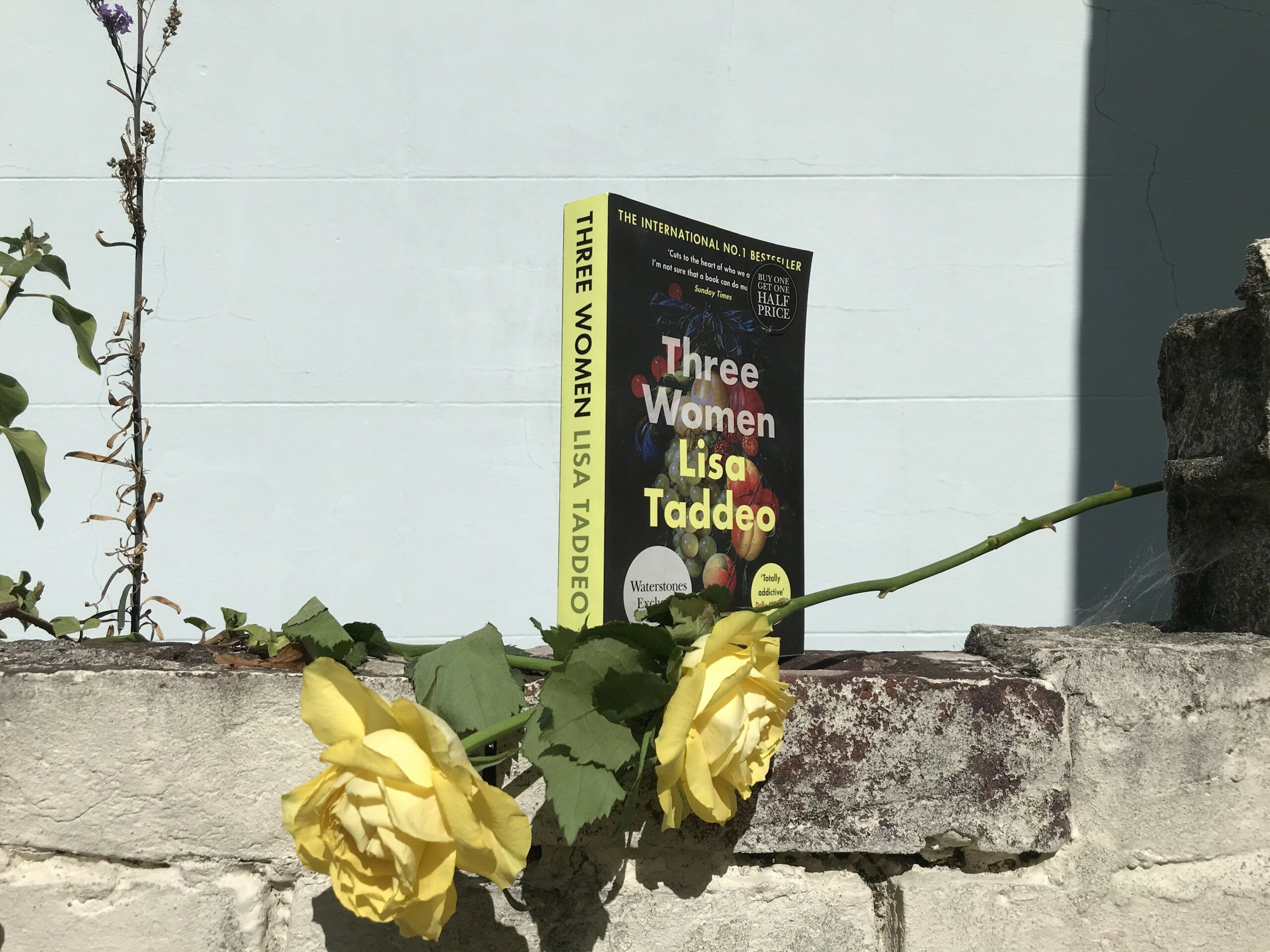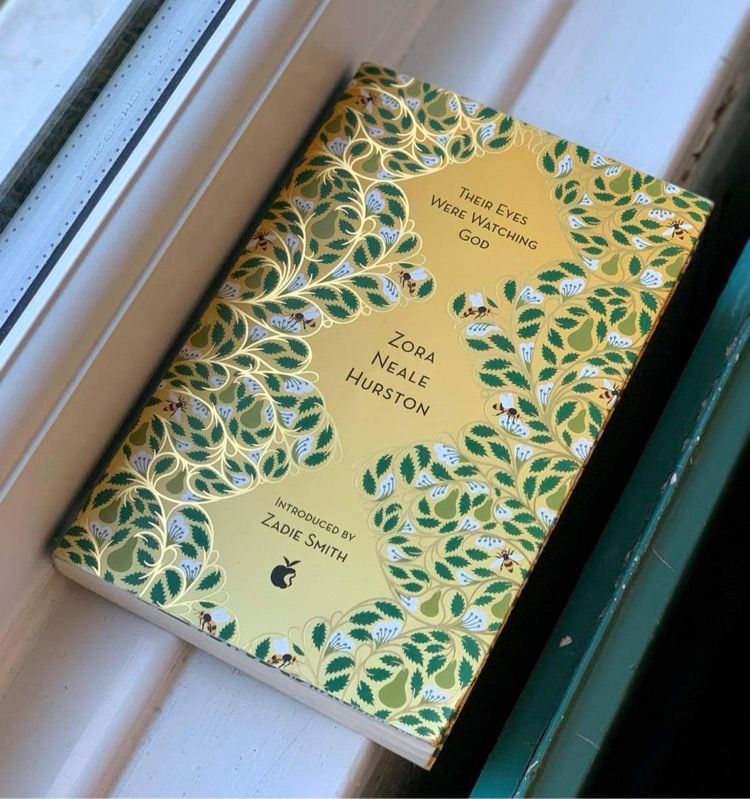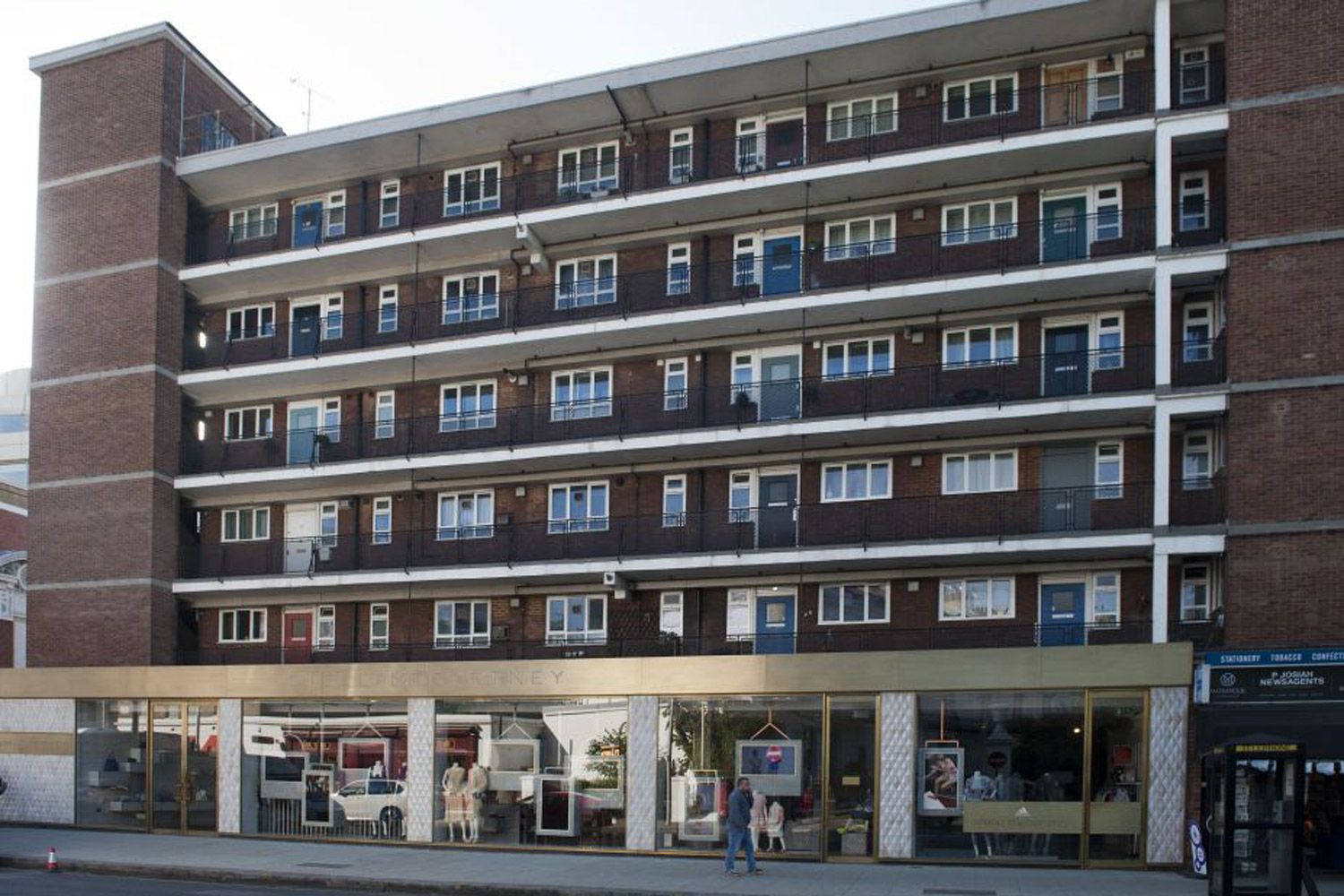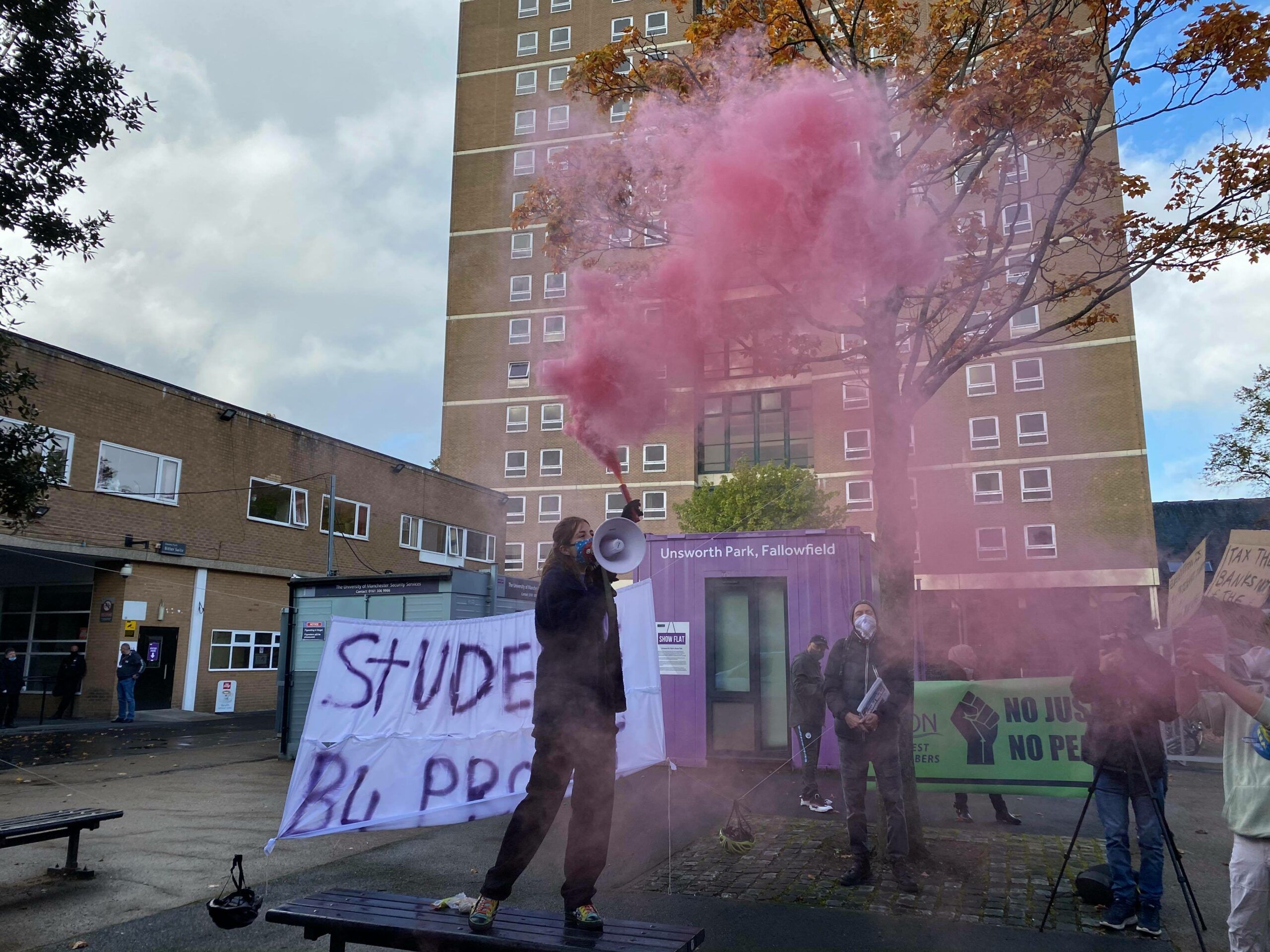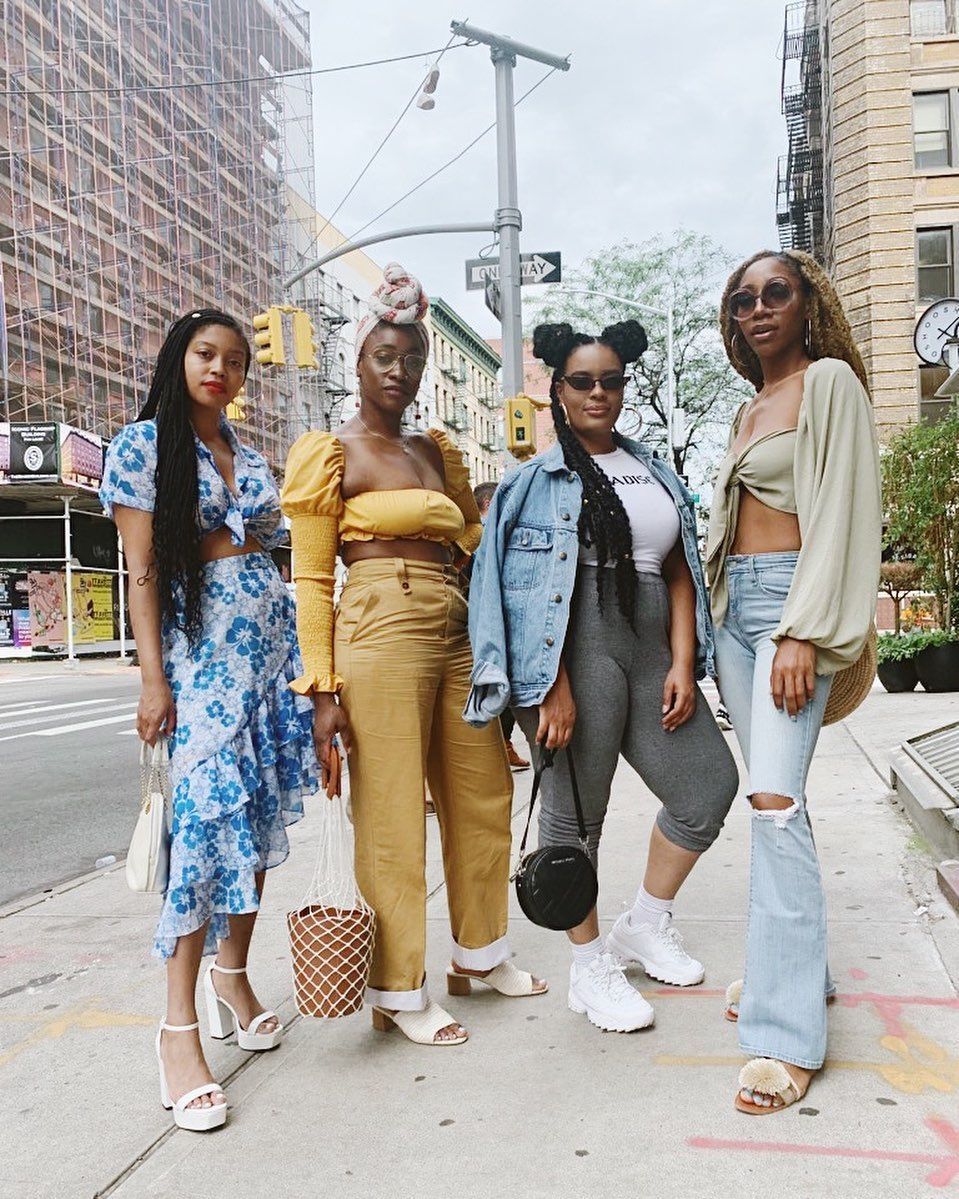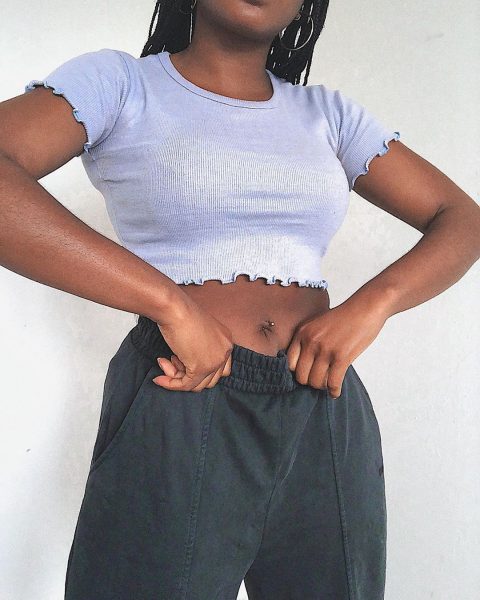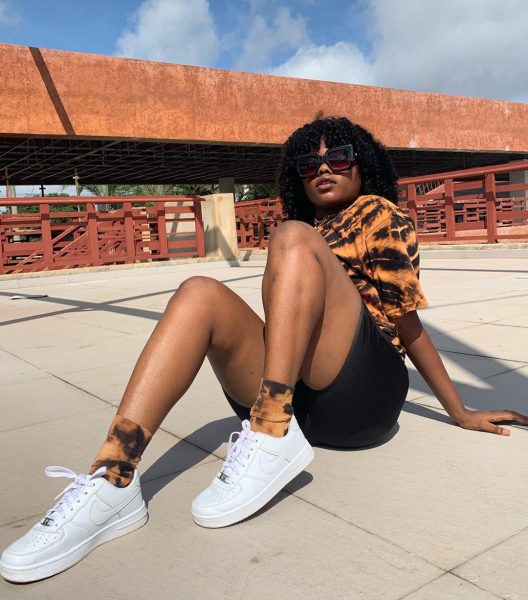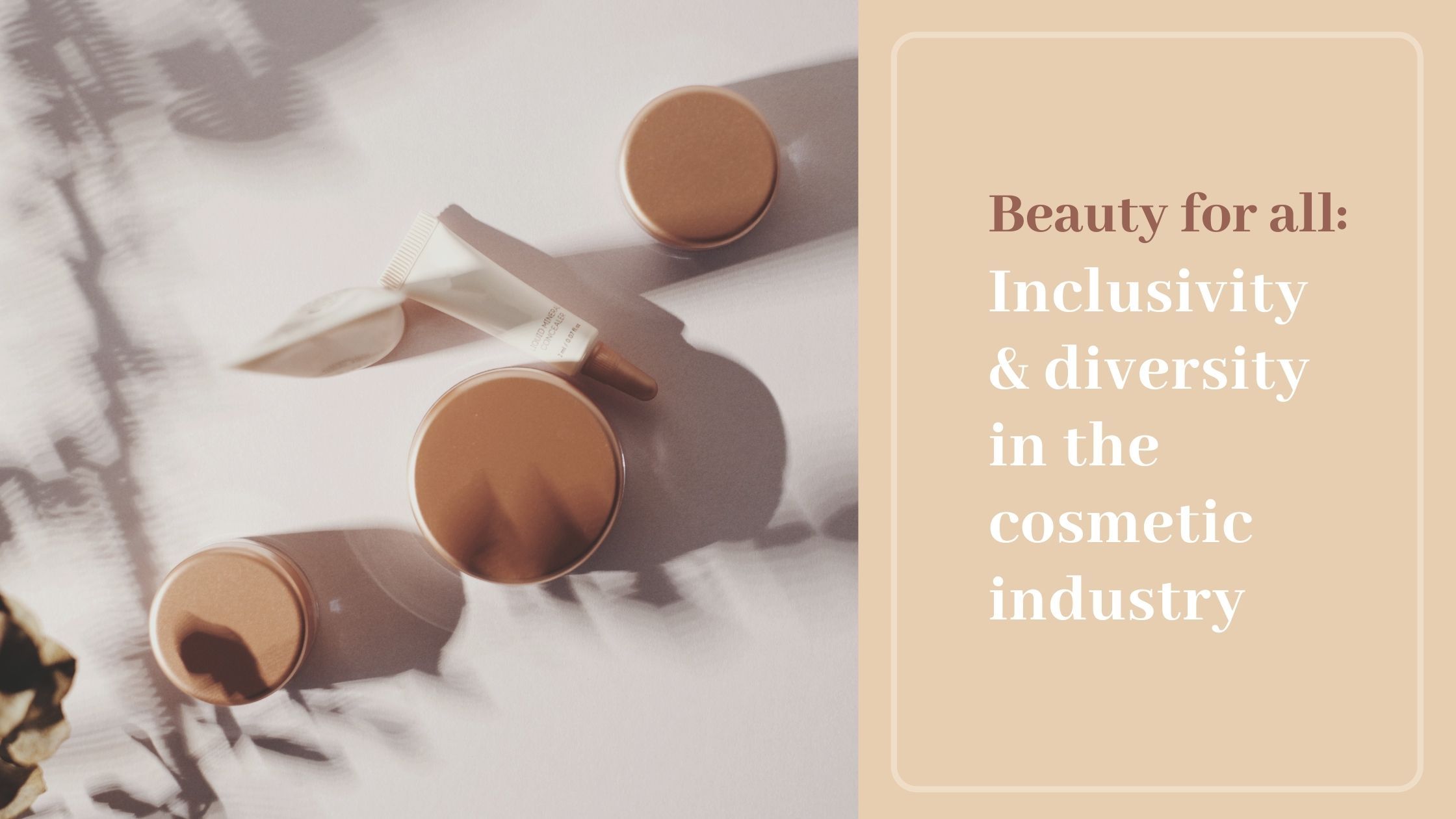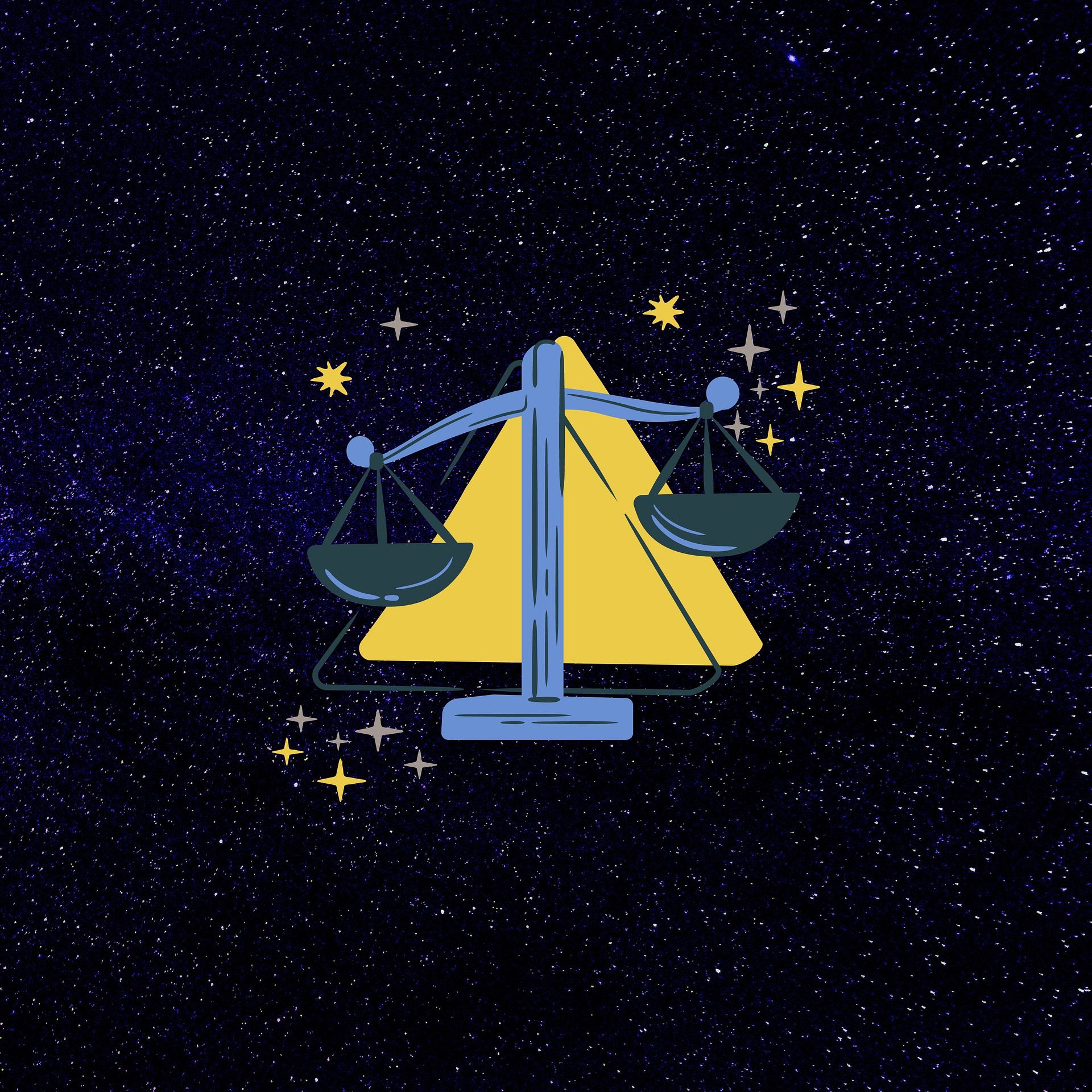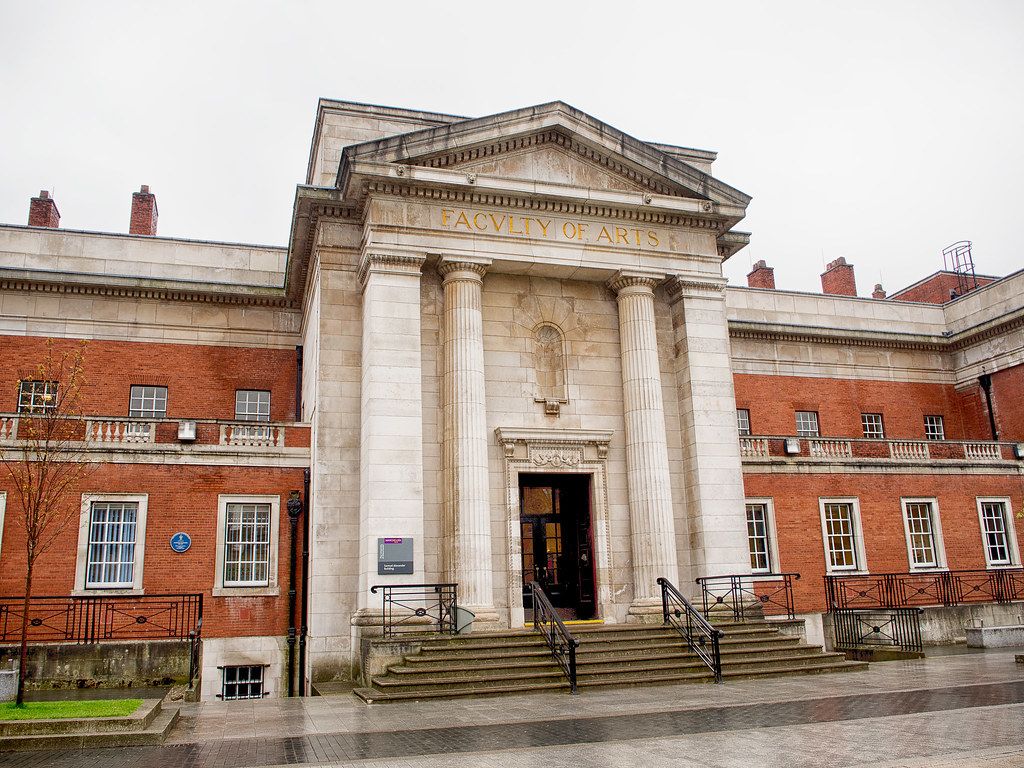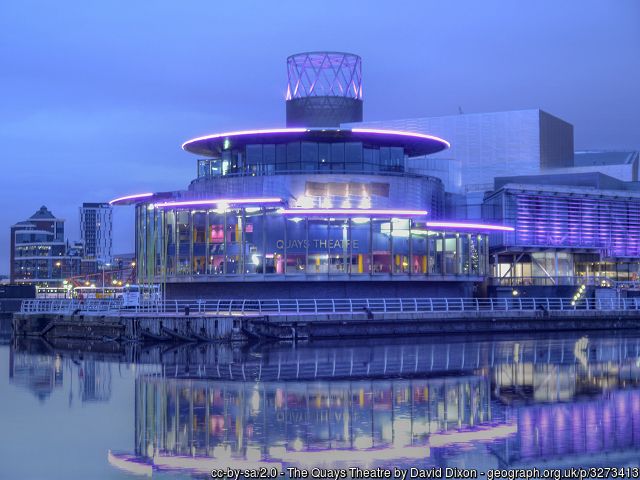‘When we archive not only can we educate, but we can also recognise the ground we are standing on is firm.’ – Jasmine Lee Jones.
The first known recording of a Black performance in British history dates back to the 13th century, when crusaders brought Moorish musicians to the UK from North Africa. The musicians brought with them new instruments such as the kettle drum, and cymbals.
There is little that we can discover from early Black performances in Britain, as there are very few documents from this time available. An engraving by Hogarth in 1783 is the only evidence that there were indeed Black performers on the stage in earlier periods.
The print depicts life backstage for a performance in London. The only Black figures appear to be a maid darning the socks of an actress, and an actress dressed as Aurora picking lice off a colleague.
19th Century
The first Black actor to become famous upon the British stage was Ira Aldridge. Aldridge rose to such fame that throughout the 19th century he toured internationally, with great success over a 40-year career. As a Shakespearean actor, Aldridge garnered great critical acclaim in iconic roles such as Othello, King Lear, and Hamlet.
Aldridge’s successful career, however, could not escape racial discrimination. The Times critics found fault with Aldridge’s “copper” complexion, considering it to be “insufficiently dark for Othello”. Aldridge is the only actor of African American decent among the 33 honoured with a bronze plaque in the Shakespeare Memorial Theatre in Stratford Upon Avon.
From the 19th Century emerged the phenomenon of Minstrel shows. The shows were written by white playwrights, performed by white actors in blackface, and performed for a white audience.
These were indeed not Black performances, yet many audiences mistakenly believed the shows to be the roots of African-American theatre. The shows were popular in London from 1840 onwards and considered as family entertainment. They were grotesque shows in which actors used burnt cork as makeup, and danced using disgraceful, stereotyped caricatures of what was believed to be ‘black behaviour’.
The shows continued up until the 1960s with the BBC’s regular Sunday evening television show The Black and White Minstrel Show, which later transferred onto the West End.
20th Century
The 20th century marked the arrival of Black musicals in the UK.
In Dahomey, the first full-length musical written by African Americans to be performed in major theatres, sparked new dance crazes such as the Charleston and Cakewalk. Showboat opened in Drury Lane Theatre in 1928, and brought a new depth to musical theatre by addressing subjects such as racial prejudice and unhappy marriages.
Two prominent Black figures of 20th century theatre were Florence Mills and Paul Robeson. Florence Mills was an actress, singer, and icon to many. She first appeared in Dover Street to Dixie in 1923.
There had been rumours that an ‘anti-coloured’ demonstration was to take place during the performance. But with one song Mills silenced the masses. Her most famous song, ‘I’m a Little Blackbird Looking for a Bluebird’, protested racial inequality, and was played at her funeral. She was just 31.
Paul Robeson stole the show with ‘Ol Man River’ in Showboat in its first British production. He turned down various paid acting jobs for his unpaid role in 1930s Plant in the Sun, staged by the Unity Worker’s Theatre. The son of a slave who had escaped and become a preacher, Robeson remained committed to supporting the struggling working class.
The 1950s and 60s saw an influx in immigration from the Caribbean and South Asia, which resulted in a bounteous wave of Caribbean playwrights. Errol John won the Observer prize for Moon on a Rainbow Shawl. Although it was described as ‘ground-breaking’, West End producers rejected it as unsuitable for audiences. They did not think it would sell tickets. It opened at the Royal Court in 1958 and was a booming success.
Black theatre companies have been emerging in the UK since the 1970s. Companies include Talawa, Nitro, and Temba Theatre, to list a few. Black Theatre Live is a group of 8 regional theatres committed to affecting change nationally for Black, Asian, and Minority Ethnic creatives throughout Britain. A three-year programme between 2015-18 included the first all-Black production of ‘Hamlet’ in Britain, as part of Shakespeare’s 400-year anniversary.
21st Century
Reflecting on the history of Black theatre in Britain is an enriching, yet at times uncomfortable, process. Records that are readily available to us are few and far between, and even when found the information appears sketchy. In an article for The Guardian, playwright Jasmine Lee-Jones said:
“Many of our predecessors have been ousted out of their rightful place and recognition because of the failure of traditional structures to keep a record of their achievements.”
It is important to appreciate and understand what history is recorded, but also recognise what its apparent sparseness highlights. Bridget Minamore summarises this in her article on Black playwrights:
“There are still gaps in history of black theatre so it’s hard to know exactly who came first – and how useful is our preoccupation with ‘firsts’ anyway?”
The history of Black British theatre’s written preoccupation with ‘firsts’ must be a wakeup call, to ensure the future is written with inclusivity, diversity, and education.
Emma Dennis-Edwards and Lucian Msamati, when interviewed by The Guardian, both reflected on their experiences in the past decade. Edwards explained:
“I left drama school at the beginning of the decade, when the best you could hope for was ‘colour-blind casting.’
“Black theatre sells, and we have shown that if the work is varied, interesting and diverse, black people will come. The excuses of ‘risks’ and ‘sales’ that venues have tried to fob black people off with have been proven to be nonsense and are in fact racist.”
Msamati spoke about the online abuse he received after Amadeus, or his role as Iago, which erupted purely from the colour of his skin. He demonstrated the need for the industry’s change:
“The day I am no longer referred to as ‘Black British-Tanzanian-Zimbabwean actor’ will be the day that the change is complete.”
